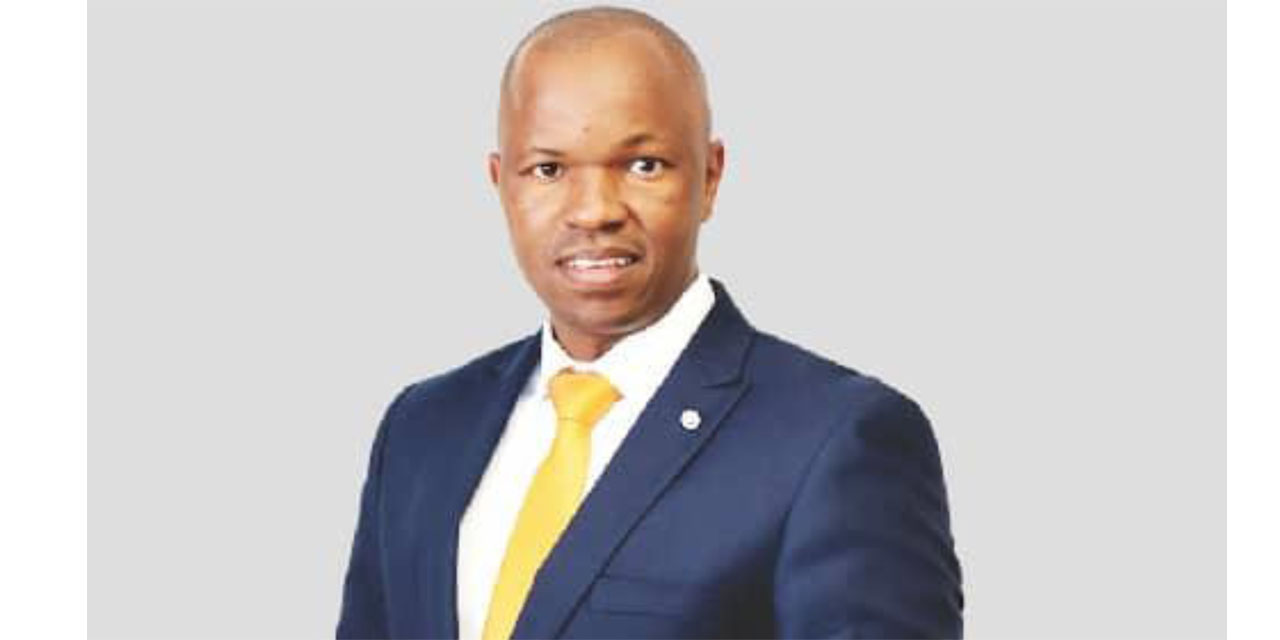Martin Endjala
In the wake of increasing inflation rates and central banks around the globe hiking the repo rates, research shows consumers are reducing their discretionary spending in response to current economic conditions.
The Chief Executive Officer at TransUnion Namibia, Lara Burger, told this publication yesterday that they are seeing increases in borrowing costs around the world right now and in Namibia, insights show a decline in the number of credit applications, and this is likely largely due to affordability constraints and the cost of credit.
Burger says that this has had a negative impact in areas like the real estate market, retail credit and vehicle and asset finance.
She noted that any rate rise, whether in Namibia or South Africa, will affect the general cost of goods. This could impact the cost of imports and exports, and lead to a general increase in the cost of living for consumers.
Consumer Spending in Namibia is expected to reach N$129 334 million by the end of 2023, according to Trading Economics Global Macro Models and Analysts.
Meanwhile, Economist Theo Klein highlighted that headline inflation has been on a consistent upward trend, recording an increase of 218.4 percent since January 2002. Living costs have also tripled since the base year, making the consumer basket at least three times more expensive than it was in January 2002.
“Inflation has decreased local spending power where N$100 in May 2023 is equivalent in value to N$31.41 in January 2002. Over this period, the Rand has depreciated by about 60.2 percent and would have also played a significant role in tripling our consumer prices baskets over the last 20 years, explained Klein.
Local inflation expectations have increased over recent months. In June 2023, short-term inflation expectations as proxied by the spread between inflation-linked and fixed-rate bond yields increased compared to the end of January 2023. Whereas long-term inflation expectations have largely remained constant.
Klein emphasized that this is likely as new inflationary risks arose since the start of the year and as the market factors in rising food prices from the expected drought in our next summer season, a weaker Rand due to South Africa seemingly breaking its neutral stance on Russia’s invasion of Ukraine and higher electricity and water prices.
He however maintains that inflation rates ought to decrease for the remainder of 2023 due to base effects, despite new upside risks abounding. Klein also maintains a forecast of 5.9 percent for 2023 at this stage and lower inflation rates from June 2023 onwards are expected.
Meanwhile, according to the Bank of Namibia Johannes !Gawaxab, Private Sector Credit Extension growth slowed from 3.1 percent in February to 2.6 percent in April 2023. This is a result of the subdued uptake of credit by businesses.
The dwindling annual growth continued to be mostly observed in the mortgage loans and other loans and advances and overdrafts credit categories. Credit growth extended to households, however, remained relatively stable.
On the external front, the Governor says that Namibia’s trade deficit has narrowed by 19.9 percent to N$9.4 billion during the first four months of 2023, compared to the same period in 2022.
The improved trade balance was on account of higher export earnings from uranium, diamonds, gold and fish reflecting a rise in volumes exported as well as the depreciation of the Namibia Dollar/Rand exchange rate. Imports also rose over the first four months of 2023 relative to the same period in 2022, but at a slower pace relative to exports.
Subsequently, as of the 31st of May 2023, the stock of international reserves decreased to N$49.7 billion, from N$51.8 billion at the end of April 2023. The decrease in the level of international reserves was partly on account of net commercial bank outflows as a result of portfolio investment and import payments.




